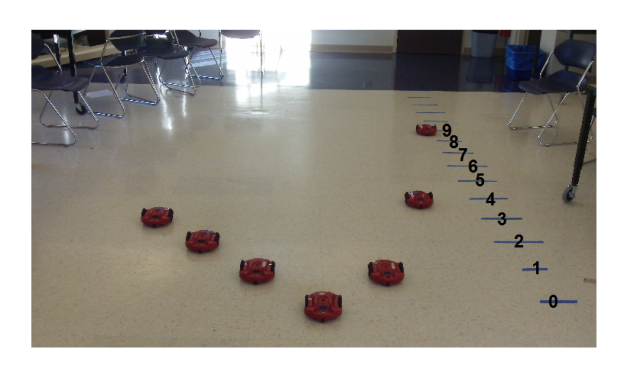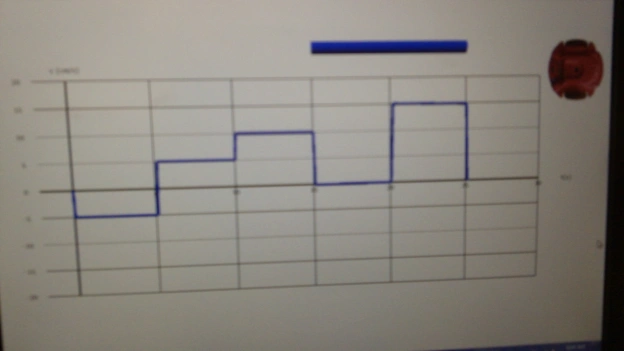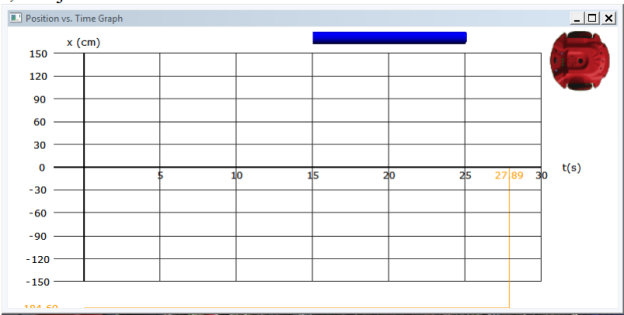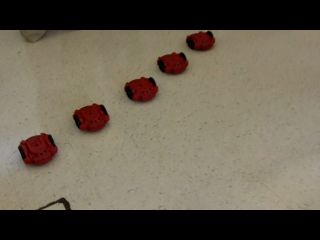I recently got a lot of responses about my use of a pinhole camera as a lab to introduce functions and curve fitting during Unit 0, Scientific Reasoning in modeling instruction.
Here’s my original post:
As another introductory lab for the scientific reasoning unit, I made some pinhole cameras from two boxes that could telescope inside each other so students could adjust the distance from screen to the hole. Students think the camera is cool, so it’s a memorable lab, you can get linear, inverse, squared and inverse square curves from the data, depending on how far you want to go with it, and the meaning of the trends relates to directly observable sizes of the object or the image. To get the squared fits, you find the area of the image by box counting, which reviewed the concept of area. All of this proved very useful later in the year, as they actually remembered the lab, and could think about whether sizes were increasing or decreasing to help recall the association between graph shape, equation and meaning.
I used the circle lab as a follow-up, and I still like it, but the students just don’t tend to remember it as well. Other labs such as the pendulum or a bouncing ball are memorable, but the relationships are more abstract and the students don’t seem to hold on to the visual picture of them as long, so they weren’t as good of a recall aid.







